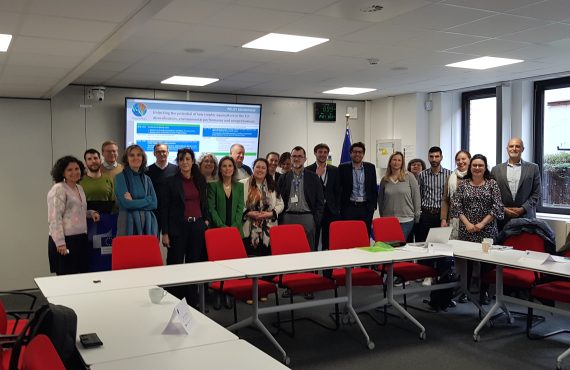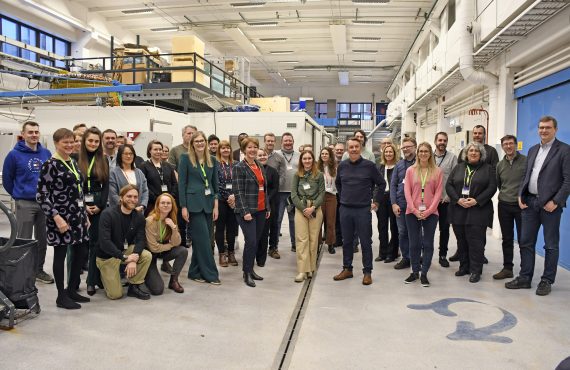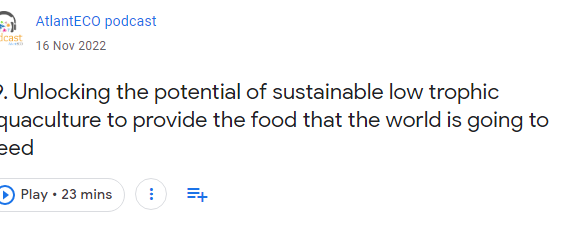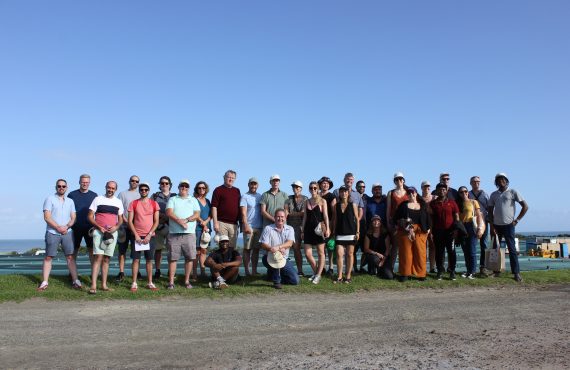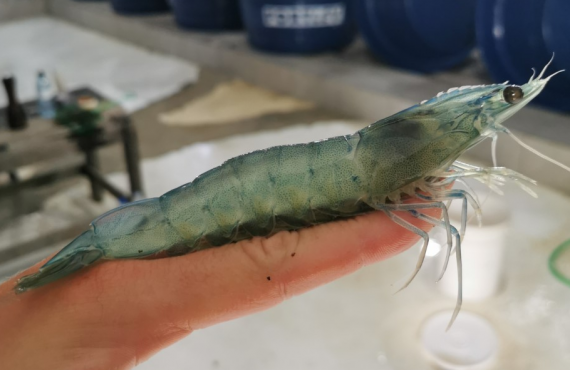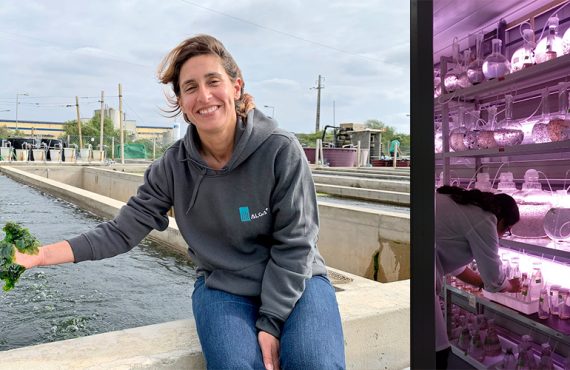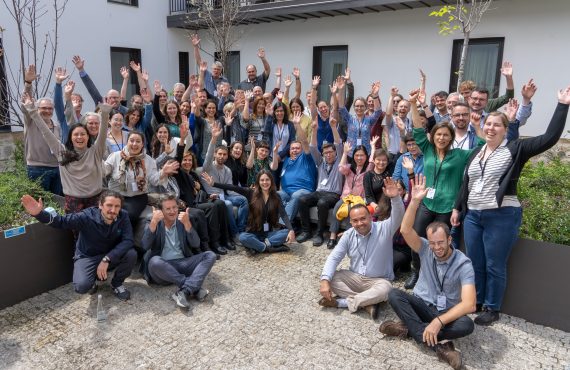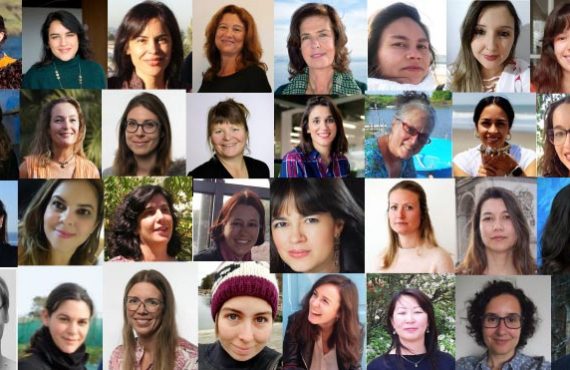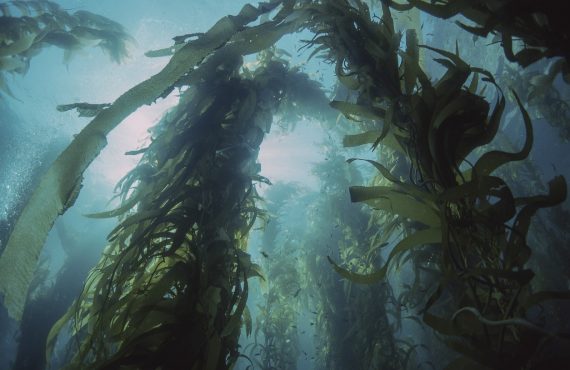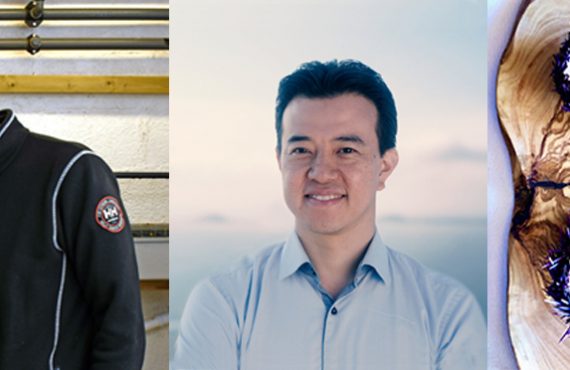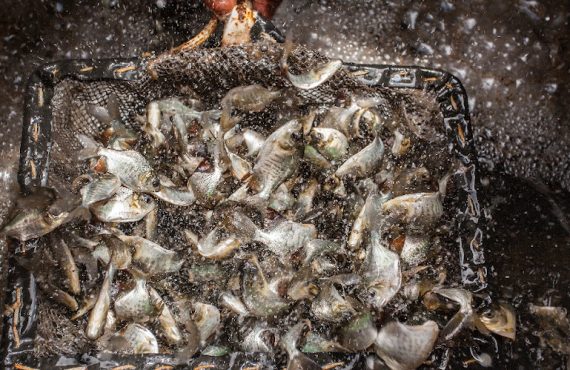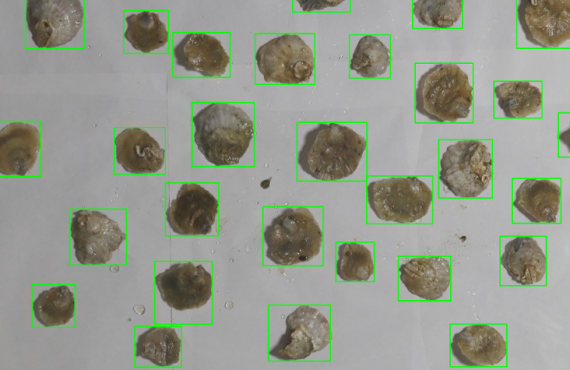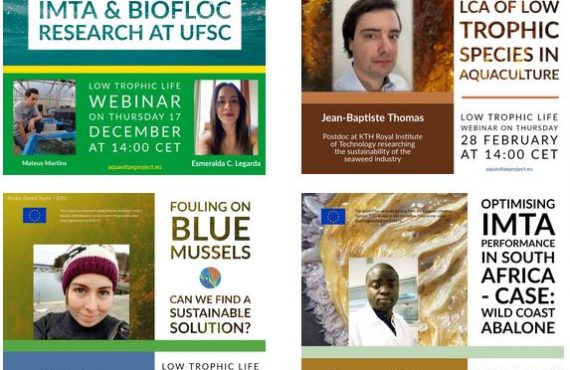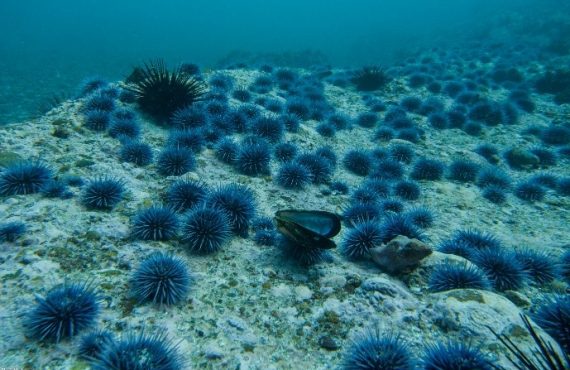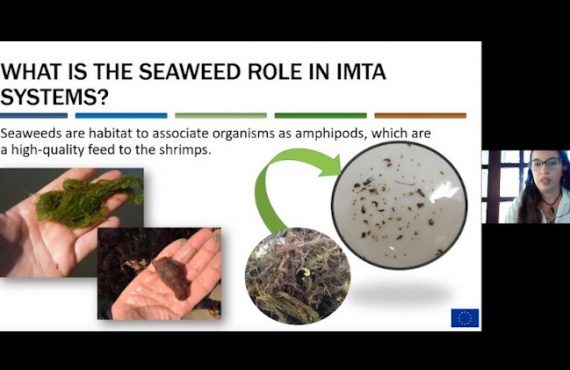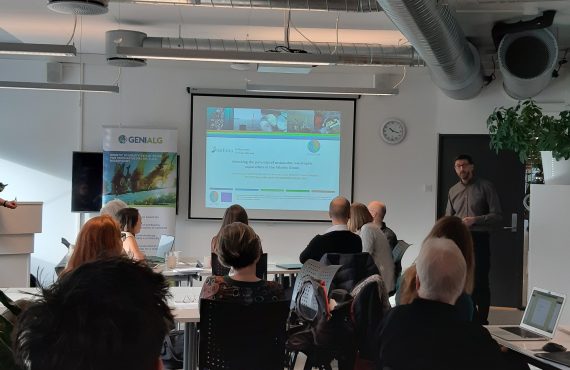Norwegian aquaculture strategy to the left. Minister Odd Emil Ingebrigtsen and AquaVitae coordinator Phil James about to go sea urchin diving in the Arctic ocean in June 2020. Photos: Norwegian Ministery of Trade, Industry and Fisheries.
The AquaVitae project is highlighted as a successful example of international cooperation in aquaculture research.
In July 2021, the Norwegian government launched their new aquaculture strategy. The aim of the strategy is to facilitate sustainable growth in the Norwegian aquaculture industry. The strategy looks at the potential development of Norwegian aquaculture with a 10–15-year perspective, according to an official press release.
On page 26 in the document (available here, in Norwegian), AquaVitae is mentioned as an example of how international research collaboration contributes to the development of Norwegian aquaculture.
Although the strategy is published only in Norwegian, a translation reads as follows:
Nofima in Tromsø is coordinating a trans-Atlantic project that will increase the production of low trophic species.
AquaVitae aims to develop solutions for increasing the cultivation of low-trophic species, such as seaweed and sea urchins. The project will enhance sustainable processes with the implementation, among others, of Integrated Multi-trophic Aquaculture systems (IMTA), in addition to introducing new and sustainable products. The project is funded by the EU Horizon 2020 programme and focuses on the European aquaculture sector. The consortium is multidisciplinary and trans-Atlantic, with partners in North and South America, South Africa and Europe.
Mentioned in minister’s speech
This is not the first time that the Norwegian government has “name-dropped” the AquaVitae project. At the All Atlantic Ocean Research Forum, in June 2021, the Minister of Fisheries and Seafood, Odd Emil Ingebrigtsen, highlighted the benefits of AquaVitae’s research collaboration:
“I believe we should use all the platforms that are available to us to connect, act, and co-operate. It makes me optimistic when I see Nofima, in the North of Norway, co-ordinate a huge EU-financed project for sustainable low-trophic species aquaculture with 35 Atlantic partners,” he said, in his speech.
Went diving for sea urchins
The Minister became well acquainted with the project during his visit to Tromsø and Nofima in June 2020. Among other things, he went for diving for sea urchins in freezing temperatures together with Nofima’s Phil James.
Whether Odd Emil Ingebrigtsen remains in office after the upcoming Norwegian parliamentary elections remains to be seen. Nevertheless, the Ministry of Trade, Industry and Fisheries clearly supports the purpose of AquaVitae and the project’s collaborative efforts to produce more sustainable seafood from the Atlantic Ocean.














